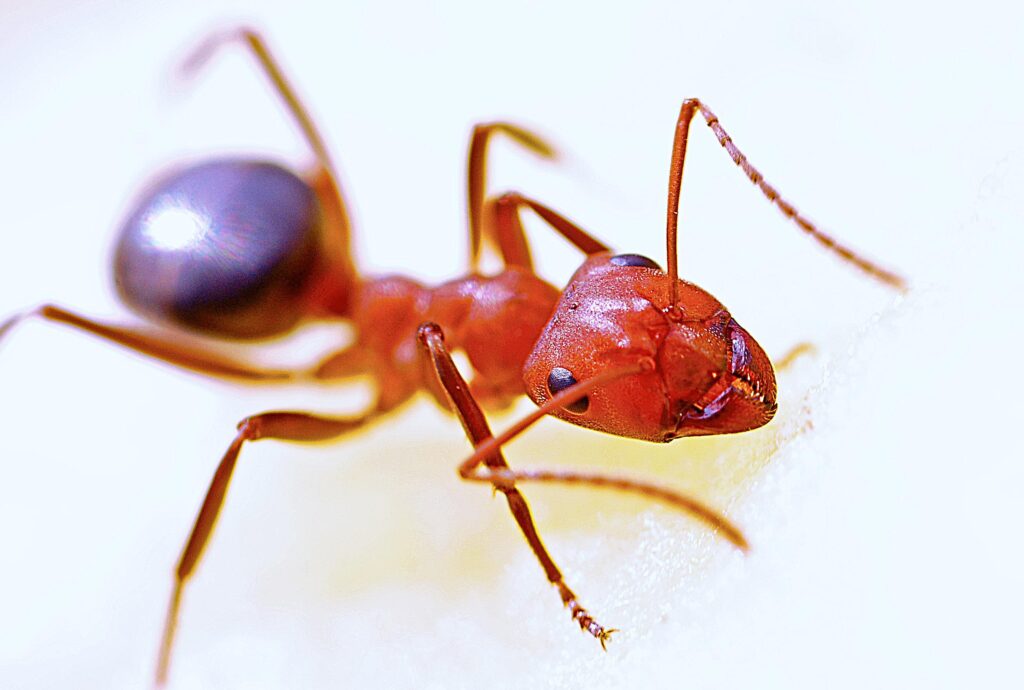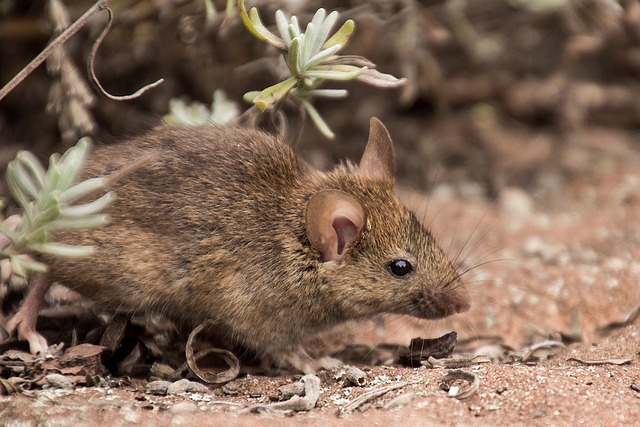The dislike or fear of rats is a common sentiment found in many cultures around the world. There are several reasons why humans tend to have a negative perception of rats:
- Disease Transmission: Rats are known to carry and transmit various diseases, including plague, leptospirosis, and salmonellosis. These diseases can be harmful or even fatal to humans, which has contributed to the negative image of rats.
- Property Damage: Rats have a tendency to gnaw on objects, including electrical wires, pipes, and furniture. Their constant chewing behavior can cause significant damage to homes, buildings, and infrastructure. This property destruction can be costly and frustrating for people.
- Filth and Unsanitary Conditions: Rats are associated with unclean environments and are often found in places with poor sanitation. They can contaminate food supplies, water sources, and living areas with their urine, feces, and hair. This association with dirtiness and unsanitary conditions contributes to the negative perception of rats.
- Urban Pests: Rats are commonly found in urban areas, particularly in densely populated cities. They thrive in human settlements due to the abundance of food and shelter available. Their presence in close proximity to humans can be unsettling and lead to a negative perception.
- Cultural and Historical Influences: Throughout history, rats have been associated with negative symbolism. In many cultures, they have been linked to death, destruction, and disease. These cultural associations have contributed to the negative connotations surrounding rats.
It’s important to note that not everyone dislikes rats, and some people even keep them as pets. However, the reasons mentioned above are some of the common factors that have shaped the general perception of rats in society.



